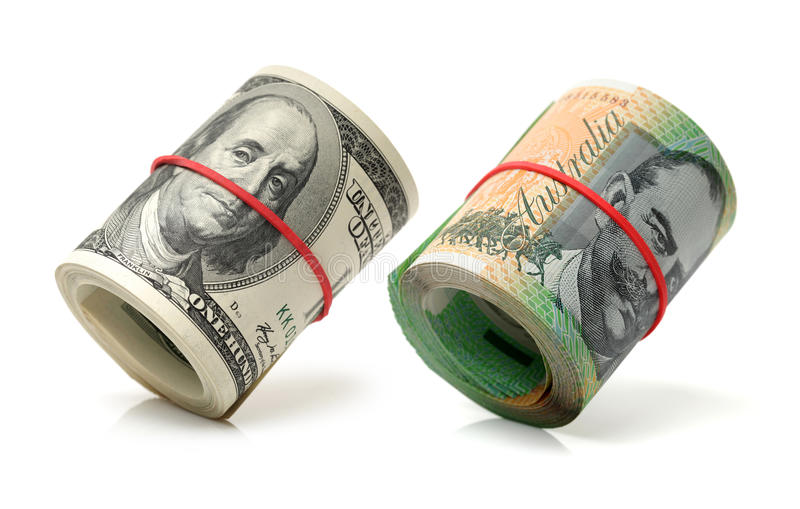Australian dollar stays high following the release of the Purchasing Managers Index data on Thursday.
The Australian Dollar (AUD) edged higher versus the US Dollar (USD) on Thursday, following the announcement of the local Purchasing Managers Index (PMI). Furthermore, the Austrakian Dollar (AUDUSD) rose as the US dollar fell somewhat, owing to a minor drop in US Treasury yields. The yields on 2-year and 10-year US Treasury bonds are 4.07% and 4.23%, respectively, as of this writing.
The Australian Dollar could receive Further support comes from the current hawkish atmosphere surrounding the Reserve Bank of Australia (RBA), which is backed by favorable employment data. Earlier this week, RBA Deputy Governor Andrew Hauser highlighted that the labor participation rate is unusually high, emphasizing that the RBA is data-dependent but not data-obsessed.
US Dollar fell following the release of the Federal Reserve’s (Fed) Beige Book on Wednesday.
The US Dollar fell following the release of the Federal Reserve’s (Fed) Beige Book on Wednesday. The most recent report noted that economic activity was “little changed in nearly all Districts,” in contrast to the August data, which showed three Districts reporting increase and nine showing flat activity.
Daily Market Movers: The Australian dollar gains support from the hawkish attitude surrounding the RBA.
Australian Dollar (AUD) edged higher versus the US Dollar. The CME FedWatch Tool predicts an 88.9% chance of a 25 basis point There is no expectation of a greater rate drop of 50 basis points.
Australia’s Judo Bank Composite PMI increased marginally to 49.8 in October, up from 49.6 in September, indicating a second consecutive month of decrease in private sector output. The Services PMI increased to 50.6 from 50.5, indicating the ninth consecutive month of growth, while the Manufacturing PMI fell to 46.6 from 46.7, continuing its downward trend.
In a post on the social media platform X, Federal Reserve Bank of San Francisco President Mary Daly noted that the economy is plainly in better shape, with inflation down considerably and the labor market returning to a more sustainable course.
On Monday, Federal Reserve Bank of Minneapolis President Neel Kashkari stated that the Fed is closely following Monitor the US job market for signals of rapid collapse. Kashkari cautioned investors to expect gradual rate reduction in the coming quarters, implying that any monetary easing would be moderate rather than forceful.
People’s Bank of China (PBoC) cut the 1-year Loan Prime Rate (LPR) to 3.10%.
The People’s Bank of China (PBoC) cut the 1-year Loan Prime Rate (LPR) to 3.10% from 3.35%, and the 5-year LPR to 3.60% from 3.85%, as expected. Lower borrowing costs are expected to boost Chinese domestic economic activity, potentially raising demand for Australian goods.
In a report last week, National Australia Bank updated its Reserve Bank of Australia (RBA) projections. “We have brought forward our expectations for the timing of rate cuts, now anticipating the first cut in February 2025, instead of May,” according to the bank. stated. They continue to forecast steady reduction, with rates likely to fall to 3.10% by early 2026.








